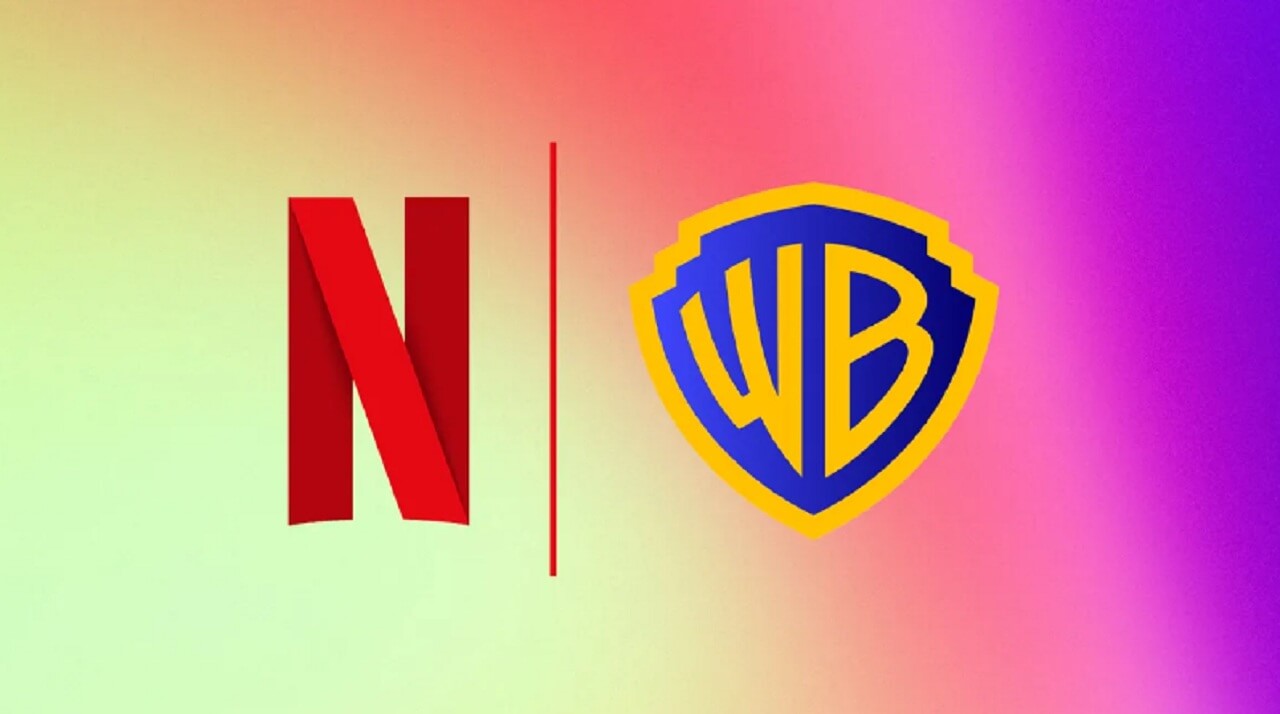In a move that’s drawing attention across the tech world, Apple has officially ended two major service programs covering AirPods Pro support and iPhone 12 repair for sound-related defects. Devices once eligible for free fixes on issues like static, crackling, or no audio will now fall under out-of-warranty repair policies. This shift marks the conclusion of a multi-year safety net Apple offered to customers, and it raises questions about consumer rights, repair options, and the lifecycle of Apple hardware.
In this article, we’ll break down why Apple ended these programs, who’s affected, what your repair pathways now are, and what this shift could signal for the broader future of Apple device support.
The End of Apple Service Programs — What Was Covered?
AirPods Pro Support Program: Static, Crackling & ANC Failures
The AirPods Pro service program was aimed at first-generation units that experienced static noise, crackling, or failure in Active Noise Cancellation (ANC). Devices manufactured before October 2020 were eligible under the program.
When launched, the program provided two years of repair coverage, but Apple extended it to three years, allowing owners extra time to claim repairs for qualifying defects.
Under this program, Apple (or authorized repair centers) would test the affected AirPods Pro and, if a defect was confirmed, replace or repair the units — all without cost to the consumer.
iPhone 12 Service Program: The Faulty Receiver Module
The iPhone 12 program addressed a different issue: a defective receiver module that caused no audio during phone calls. This defect affected certain iPhone 12 and iPhone 12 Pro models built between October 2020 and April 2021. The iPhone 12 mini and 12 Pro Max were excluded from this program.
Originally introduced in August 2021, Apple later extended the program to cover three years from the date of purchase.
If your device was eligible, Apple or an authorized center would replace the faulty receiver component free of charge — as long as you applied within the window of coverage.
Why Did Apple End These Service Programs?
Lifecycle Limits & Program Duration
Every Apple service program is bound by time-based limits, and in this case, both programs had reached their three-year coverage cap. For nearly all affected devices, that period has now expired.
Because the programs were tied to manufacture or purchase date, Apple views the conclusion as a scheduled end to extended support, not a sudden cancellation.
Shift to Standard Repair Models
Once the program window closes, all further repairs or replacements become part of Apple’s standard out-of-warranty repair process. This means costs shift to the user, subject to Apple’s pricing and policies.
In practice, this is a common pattern in consumer electronics: premium extended coverage eventually phases out, and devices age past support thresholds. Apple’s move underscores how technical support lifecycles aren’t infinite — even for premium brands.
Who Is Affected — And Who Is Not?
Devices That No Longer Qualify
If you owned a first-generation AirPods Pro made before October 2020 and haven’t filed a repair under the program, you’ve lost eligibility. Likewise, iPhone 12 / 12 Pro units built between October 2020 and April 2021 are also now ineligible for free repair under the now-defunct service scheme.
If your device has already used the service option during the program, further repairs would have already been covered, but now additional work would be paid.
Devices That Were Never Eligible or Already Expired
Many users had already fallen out of eligibility long ago. If your purchase date was well past three years, this change doesn’t impact you directly — you were already paying for any needed repairs. Also, iPhone 12 mini and iPhone 12 Pro Max were never included in the service program.
So for many users, this ends up being a formalization of practices that had already been in effect.
What This Means for Apple Owners
H3: Out-of-Warranty Repair Costs Now Apply
Going forward, all repairs for the relevant defects will fall under Apple’s out-of-warranty pricing. That means you’ll be responsible for labor, parts, and service fees. For devices with multiple issues, costs can stack up quickly.
If your AirPods Pro or iPhone 12 suffers one of the defects previously covered, you’ll need to weigh whether to repair or replace, factoring in the age and condition of the device.
Repair vs. Replacement — Which Makes Sense Now?
Because the devices are older, repair costs can approach or exceed the value of the device. Here’s what to consider:
Repair might make sense if the defect is isolated (just the receiver in iPhone or one AirPod).
Replacement (for example, upgrading to a newer iPhone or AirPods model) may provide better long-term value.
Third-party repair shops may offer lower prices, but that can void warranty coverage or reduce future Apple support options.
Impact on Consumer Confidence & Lifespan
This move may raise concerns about the planned obsolescence or limited support windows of premium devices. When top-tier accessories like AirPods Pro lose extended repair programs, consumers may push harder on demands for right to repair, modularity, or longer software and hardware support.
What Should You Do Now?
Check Eligibility Immediately
If you own a first-gen AirPods Pro or iPhone 12 / 12 Pro, check your warranty or Apple Support page to see if your unit was ever eligible. Even though programs are now closed, you’ll want clarity on whether you ever qualified.
Seek Authorized Repairs (Even If You Pay)
If your device has an issue, go through Apple or Apple Authorized Service Providers to maintain integrity, genuine parts, and any remaining warranty on other parts of the device.
Explore Third-Party Repair Options Carefully
Third-party shops may provide a more affordable repair path. If you go this route:
Ensure they use genuine or high-quality replacement parts
Check reviews, warranties, and whether they invalidate any remaining device warranty
Get cost estimates in writing before committing
Consider Upgrading
At this stage, many affected devices are 4–5 years old. Upgrading to newer hardware may deliver better performance, battery life, and support. For AirPods users, the latest models bring improvements in battery, noise cancellation, and features.
Broader Implications for Apple Support & Repair Culture
Lifespan of Apple Hardware & Support Windows
Apple typically provides software updates for many years. But hardware support / repair programs have more limited lifespans. This decision underscores the dual track of software vs. hardware support — a device might run on the latest iOS yet still be unsupported in repairs.
The Growing Right-to-Repair Movement
In recent years, governments and consumer advocates have pushed for right-to-repair legislation. Apple ending these repair programs may intensify scrutiny on how long manufacturers are obligated to support hardware.
Consumers now more than ever expect:
Access to repair manuals
Availability of spare parts
Permission for independent repair shops to safely and legally service devices
Changing Consumer Expectations
Consumers used to expecting “lifetime service” may need to recalibrate expectations — particularly as devices age. As hardware becomes more complex and miniaturized, repairs become costlier and more difficult, especially for sealed or bonded designs like AirPods.
The End of Free Repairs — A Turning Point for Owners & Expectations
Apple’s decision to end its AirPods Pro support and iPhone 12 service programs reflects the natural life cycle of consumer electronics. While many users were already outside the eligible window, the formal termination closes a chapter for those holding older devices.
As repair responsibilities now fall entirely to users, smart decisions matter: check your eligibility, weigh repair vs. replacement, explore trusted repair channels, and stay aware of this changing landscape in device support.








